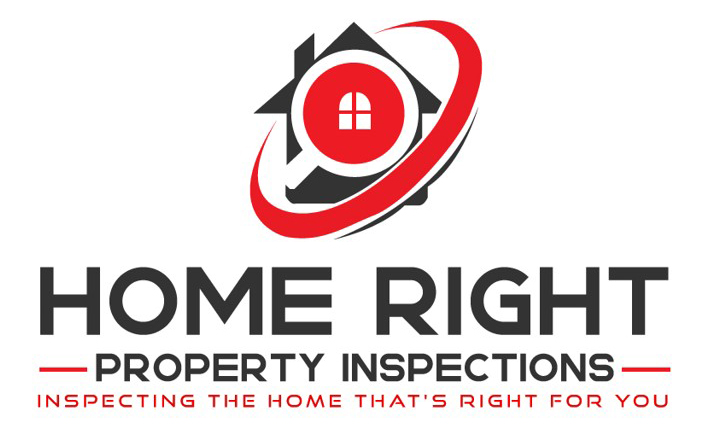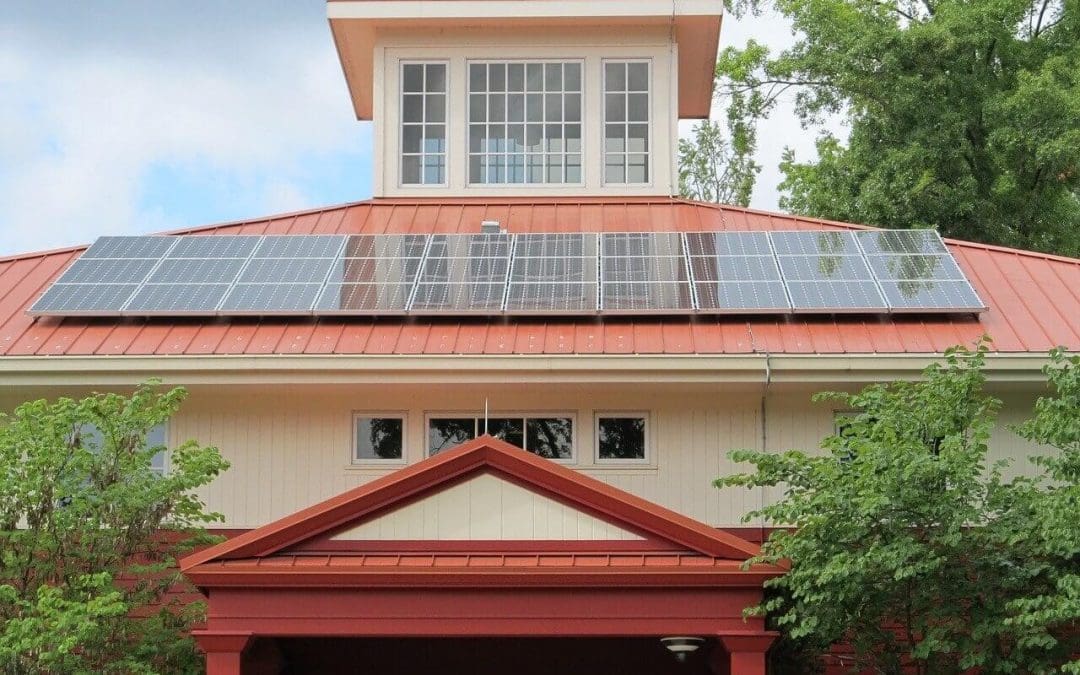Homeowners are increasingly prioritizing eco-friendly improvements to reduce their environmental impact and lower energy costs. Whether you’re looking to increase your home’s energy efficiency or make sustainable design choices, there are many ways to make your home greener. In this blog post, we’ll explore some eco-friendly home improvements that can help reduce your carbon footprint, save money, and create a healthier living environment.
Eco-Friendly Home Improvements: Energy-Efficient Windows and Doors
One of the most impactful ways to improve your home’s energy efficiency is by upgrading your windows and doors. Old, drafty windows can cause significant heat loss in the winter and make it harder to keep your home cool in the summer. Installing double- or triple-glazed windows, which are designed to provide better insulation, will help to maintain indoor temperatures and reduce the energy needed for heating and cooling.
Energy-efficient doors, especially those made from materials like fiberglass or steel with proper insulation, can also contribute to a greener home. These upgrades lower your energy consumption and enhance the comfort and value of your home.
Solar Panels and Renewable Energy Sources
Solar panels are becoming more affordable and accessible, making them a popular choice for homeowners looking to reduce reliance on traditional energy sources. By harnessing the power of the sun, solar panels can generate clean, renewable energy for your home, significantly lowering your electricity bills and reducing your carbon footprint. Depending on the size and location of your solar panel system, you may even be able to generate more energy than you use, allowing you to sell excess energy back to the grid.
If solar panels aren’t a feasible option, consider other renewable energy sources like wind turbines or geothermal systems. While these options require a larger upfront investment, they can pay off in the long run through energy savings and government incentives.
Eco-Friendly Home Improvements for Water Conservation
Water conservation is another key component of eco-friendly home improvements. Installing low-flow faucets, showerheads, and toilets can dramatically reduce water usage without sacrificing performance. For outdoor spaces, consider using a rainwater harvesting system to collect and store rainwater for garden irrigation, reducing your reliance on municipal water.
Additionally, upgrading to an energy-efficient dishwasher or washing machine can conserve water and energy. Look for appliances with the Energy Star rating, which ensures they meet strict efficiency standards. These appliances often come with advanced features that minimize water usage while still performing efficiently.
Insulation Upgrades
Proper insulation is essential to keeping your home energy efficient. Many older homes have inadequate insulation, leading to higher energy costs and a less comfortable living environment. Upgrading your home’s insulation, especially in the attic, walls, and basement, can help to maintain a consistent indoor temperature and reduce the workload on your HVAC system.
Eco-friendly insulation materials, such as cellulose, cotton, and sheep’s wool, are great alternatives to traditional fiberglass insulation. These natural materials are sustainable, offer excellent insulating properties, and are less toxic, making them a healthier choice for your home.
Sustainable Flooring and Building Materials
When considering renovations or upgrades, think about the materials you’re using. Eco-friendly flooring options like bamboo, cork, and reclaimed wood are excellent alternatives to traditional hardwood or carpet. Bamboo grows rapidly, making it a highly sustainable resource, while cork is harvested from the bark of trees without harming the tree itself. Reclaimed wood, which is repurposed from older structures, reduces the demand for new lumber and adds a unique, rustic charm to any home.
In addition to flooring, consider using sustainable building materials such as recycled metal, concrete, or reclaimed bricks for your home’s construction projects.
Energy-Efficient Lighting and Appliances
Switching to energy-efficient lighting and appliances is one of the easiest ways to make your home more eco-friendly. LED bulbs, for example, use significantly less energy than traditional incandescent bulbs and last much longer. Replacing all of the lighting in your home with LEDs can lead to substantial energy savings.
Upgrading to energy-efficient appliances, such as refrigerators, ovens, and air conditioning units, can also help reduce your home’s overall energy consumption. Modern appliances are designed to use less electricity while maintaining high performance, allowing you to enjoy the same functionality with lower utility bills.
Eco-Friendly Home Improvements Using Smart Home Technology
Smart home technology is another great way to improve energy efficiency and sustainability. Devices like smart thermostats, lighting controls, and energy monitors allow you to manage your home’s energy usage more effectively. For instance, a smart thermostat can learn your habits and adjust heating and cooling settings to minimize energy waste, while smart lighting can be programmed to turn off when not in use.
By integrating these technologies into your home, you can have more control over your energy consumption and make informed decisions about how and when to use energy.
Green Roofing Solutions
Your roof plays a vital role in your home’s energy efficiency. Upgrading to a green roof, also known as a living roof, is an innovative eco-friendly solution. Green roofs are covered with vegetation that helps to insulate the home, absorb rainwater, and reduce heat absorption, which lowers indoor cooling needs.
If a green roof isn’t practical, consider installing cool roofing materials that reflect sunlight and absorb less heat than traditional roofing materials. Cool roofs can help reduce the urban heat island effect and lower the energy required to cool your home during the warmer months.
The Benefits of Eco-Friendly Home Improvements
Eco-friendly home improvements are beneficial for the environment and for your wallet. By reducing energy and water consumption, these improvements can lead to significant long-term savings on utility bills. Many green home upgrades also qualify for government rebates or tax incentives, further offsetting the initial costs.
Eco-friendly homes are often more attractive to potential buyers, offering increased property value and marketability. In today’s environmentally conscious world, homes with sustainable features are more likely to stand out in the real estate market.
Investing in eco-friendly home improvements is a smart way to make your home more sustainable, energy-efficient, and comfortable. Whether you’re installing solar panels, upgrading insulation, or switching to energy-efficient appliances, these changes can have a lasting positive impact on both the environment and your quality of life. By taking small steps toward greener living, you’ll reduce your carbon footprint and create a healthier, more eco-conscious home for the future.
FAQs
How can I make my home more eco-friendly if I’m on a tight budget?
If you’re on a budget, there are several low-cost ways to make your home more eco-friendly. Start with simple changes like switching to LED lighting, using energy-efficient appliances, and sealing gaps around windows and doors to prevent drafts. Installing weather stripping or using a programmable thermostat can also help reduce energy consumption without a significant investment. Over time, these small improvements can lead to larger energy savings.
How long does it take to see a return on investment for eco-friendly home upgrades?
The return on investment (ROI) for eco-friendly home upgrades depends on the type of improvement. Energy-efficient appliances may offer savings within a year or two, while solar panels might take 7-10 years to fully recoup the initial investment. Improvements like insulation upgrades and smart thermostats generally show faster payback, as they immediately reduce energy costs. Most eco-friendly upgrades, however, will eventually pay for themselves in savings over time.
Are there eco-friendly solutions for reducing waste in home renovations?
Yes, there are several strategies to reduce waste during home renovations. Start by repurposing or reusing existing materials whenever possible. For example, reclaimed wood, vintage fixtures, and salvaged bricks are great sustainable choices. Consider donating or selling old materials that are still in good condition. Choose building materials with recycled content, such as recycled glass countertops or metal roofing. Using modular or prefabricated components can also reduce construction waste since they are designed with efficiency in mind.
Can I improve my home’s sustainability without large construction projects?
Yes, you can make many small but impactful changes without major renovations. Some examples include switching to eco-friendly cleaning products, reducing water usage with low-flow fixtures, setting up a composting system, and growing your own vegetables in a home garden. Installing energy-efficient curtains or shades to reduce heat loss, using smart plugs to prevent energy waste, and adding insulation to your water heater are all simple but effective steps. Sustainability doesn’t always require large construction projects—small lifestyle changes can add up to make a big difference.
Home Right Property Inspections offers inspections to homebuyers and sellers in the southern California area. Contact us to request our services.

